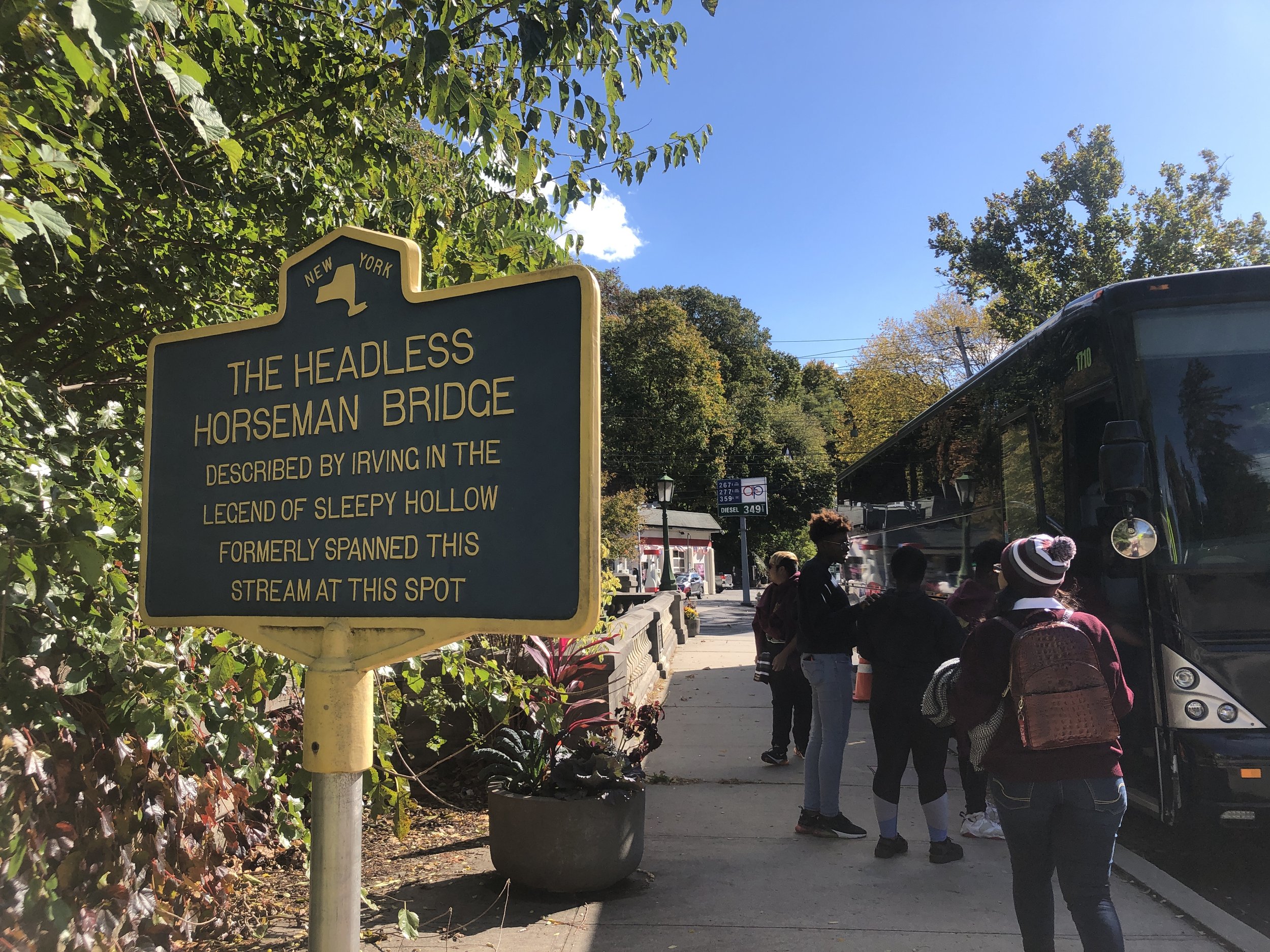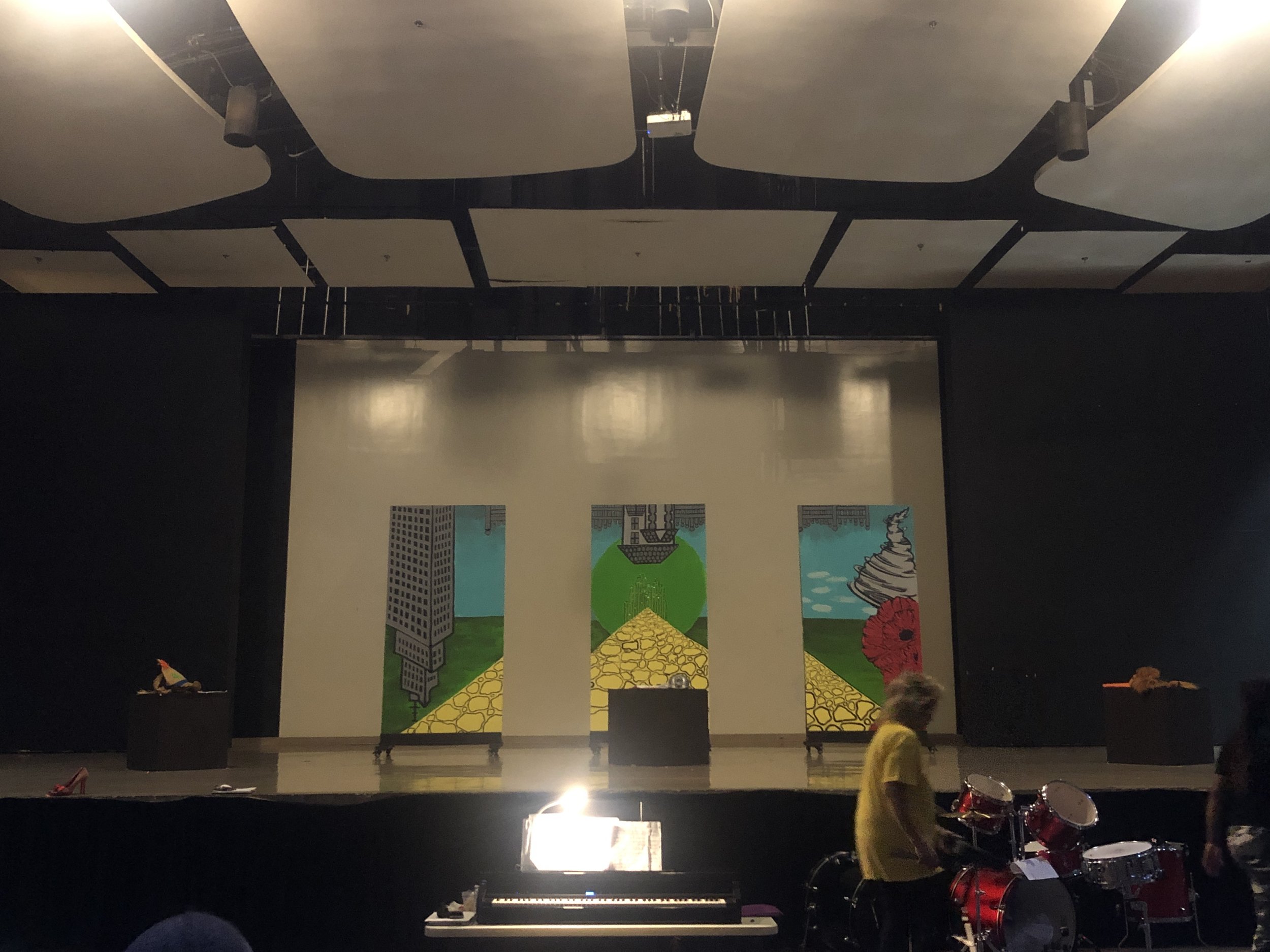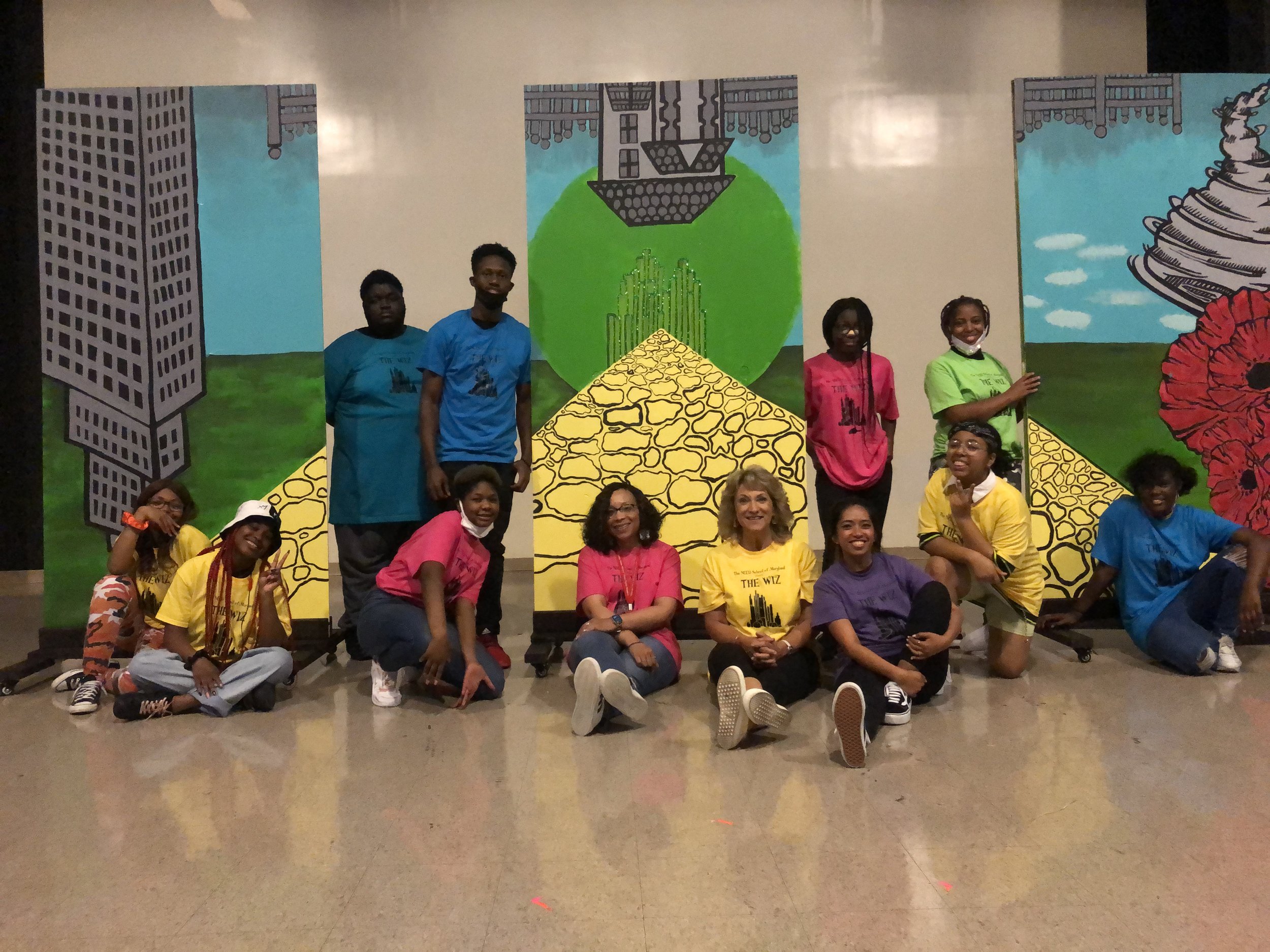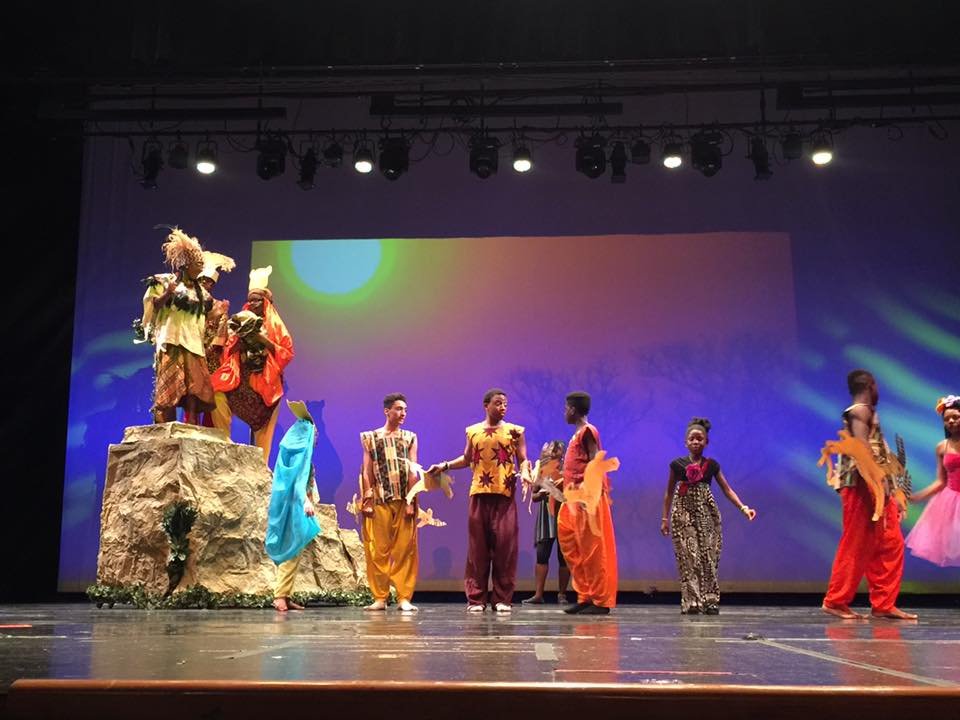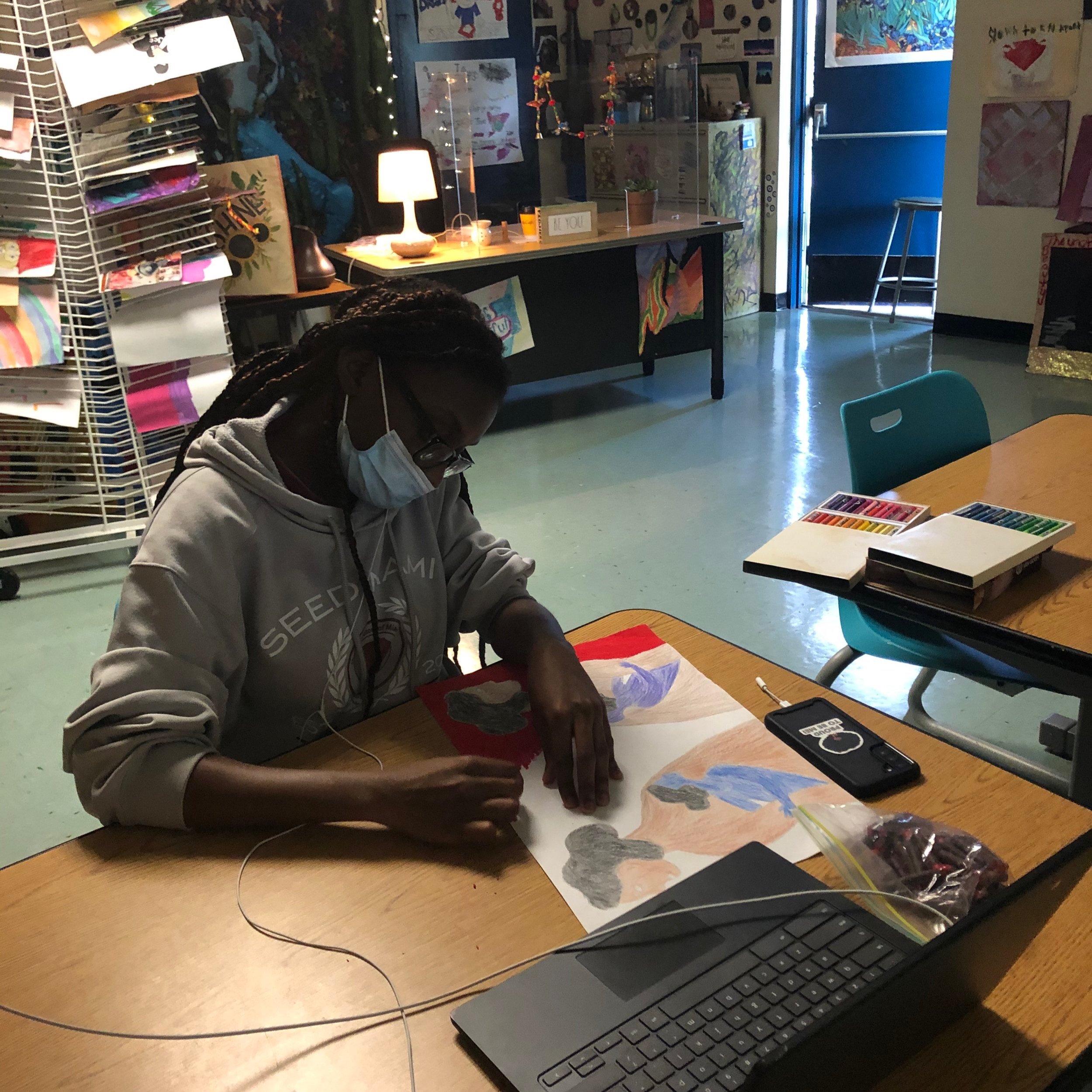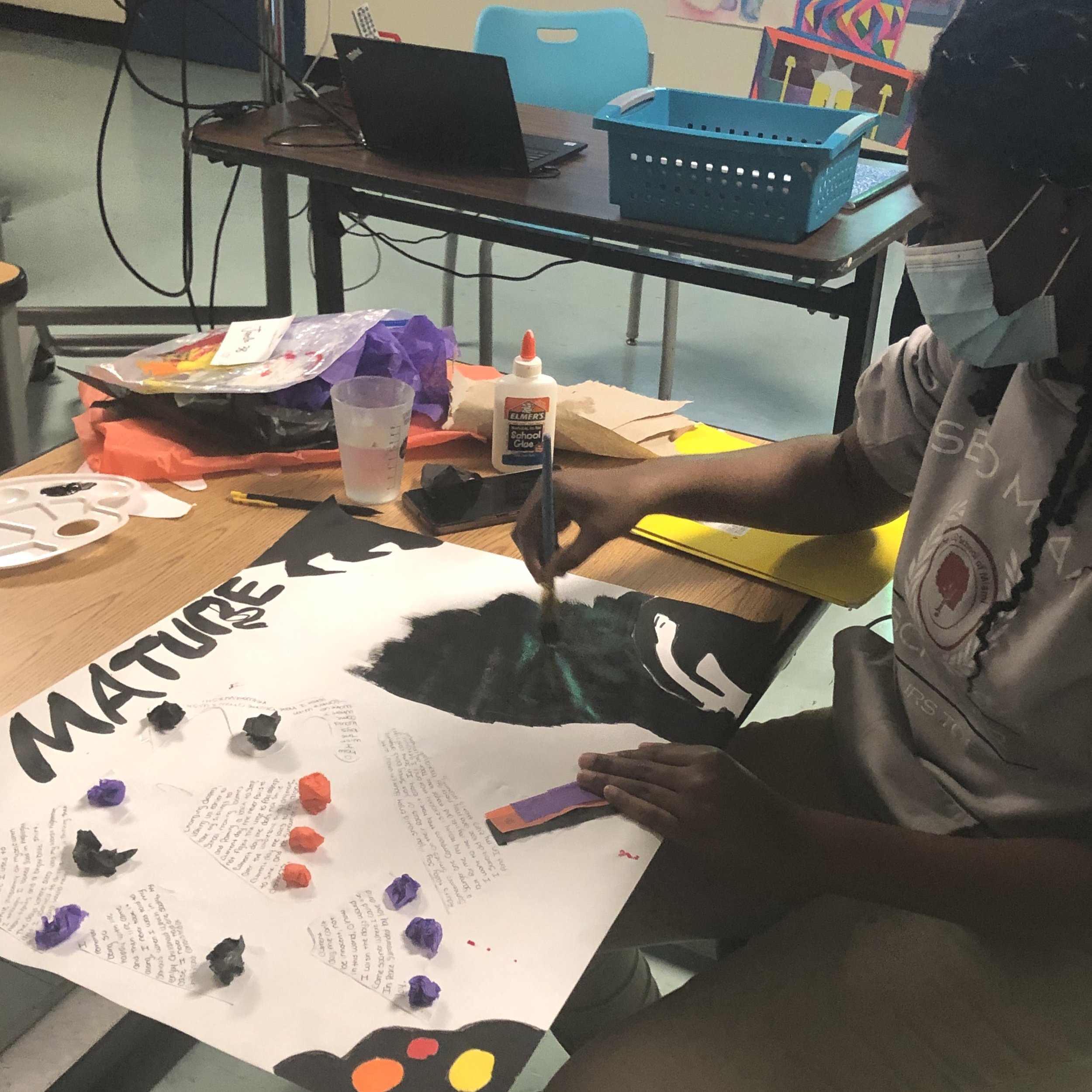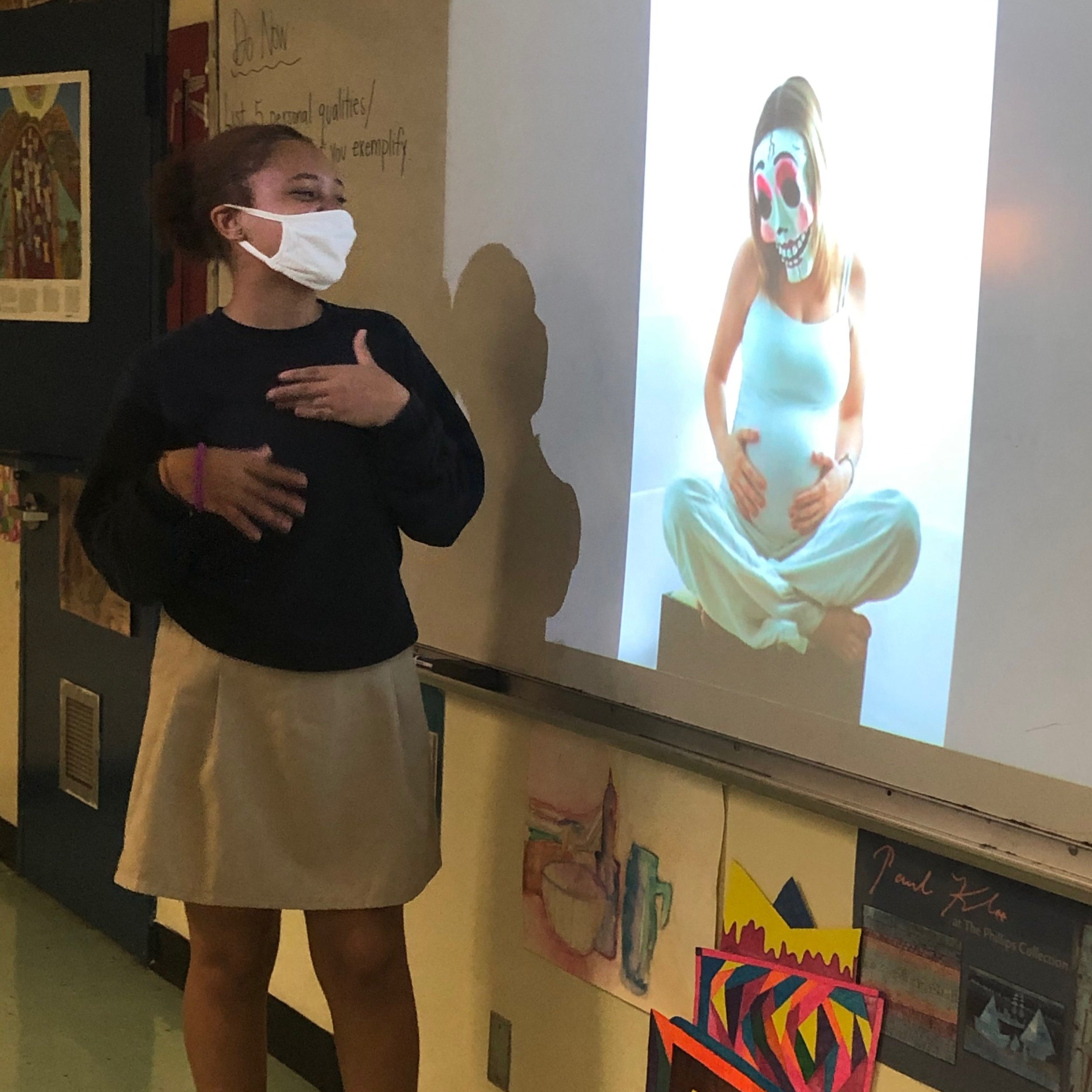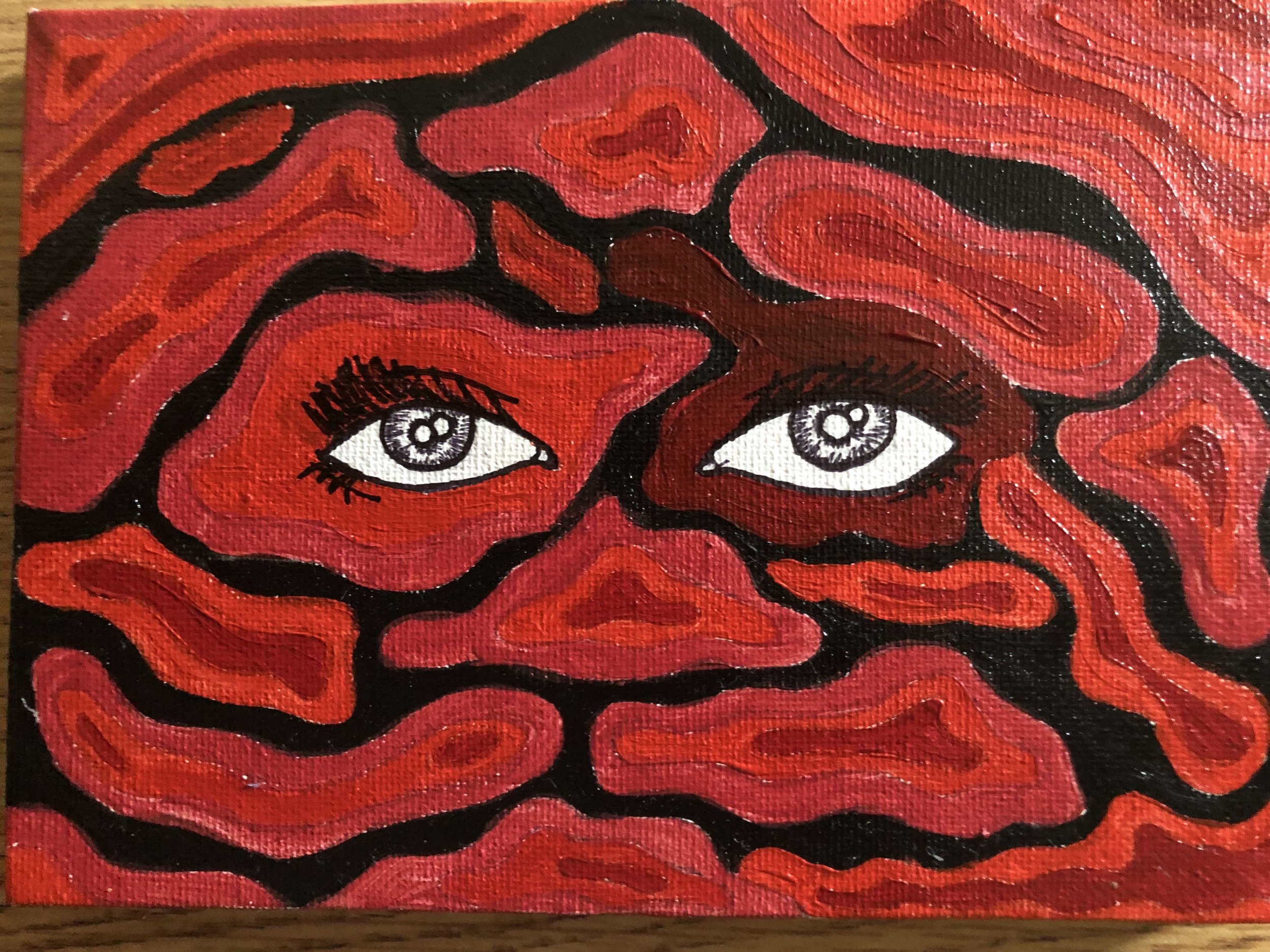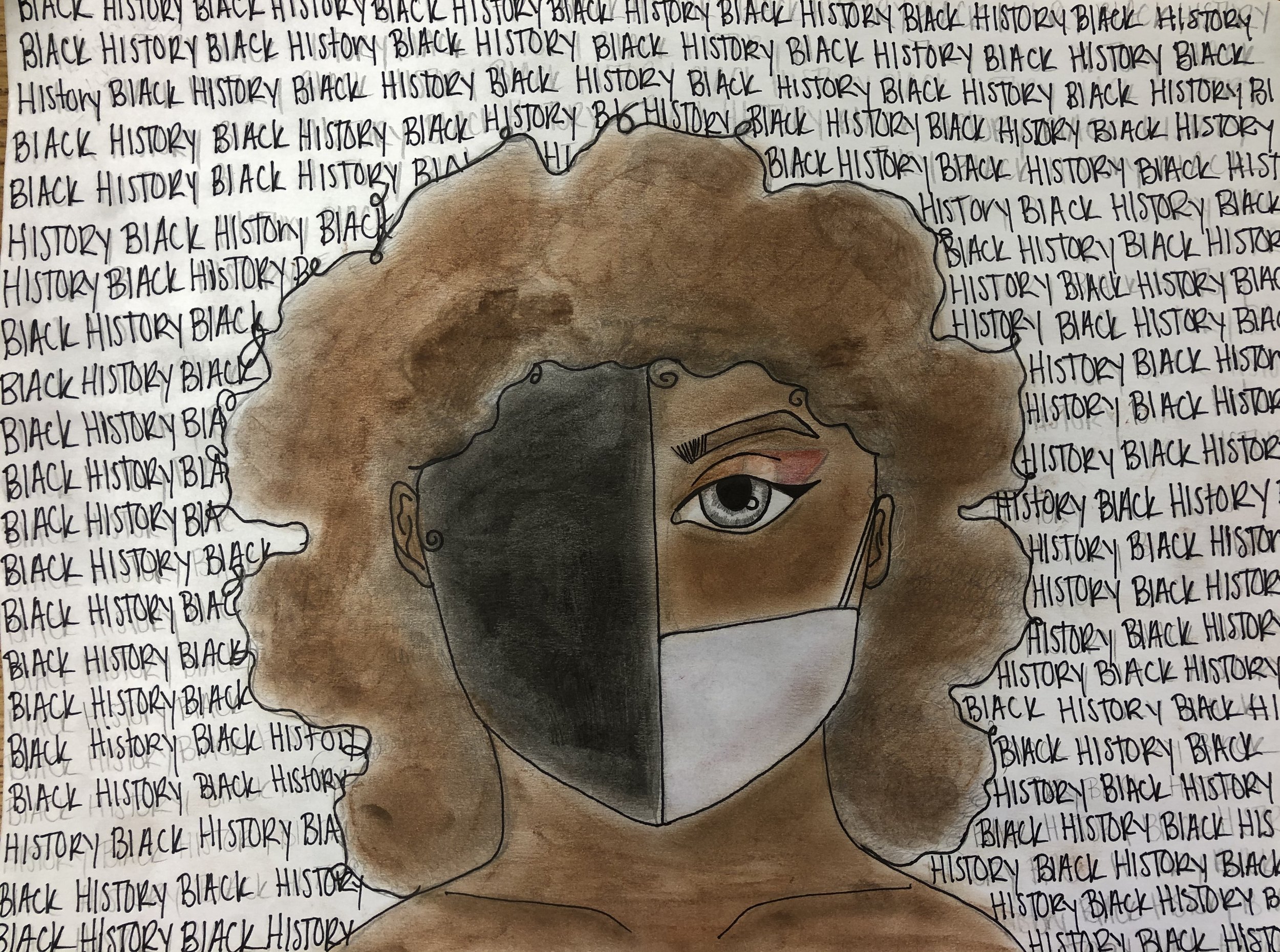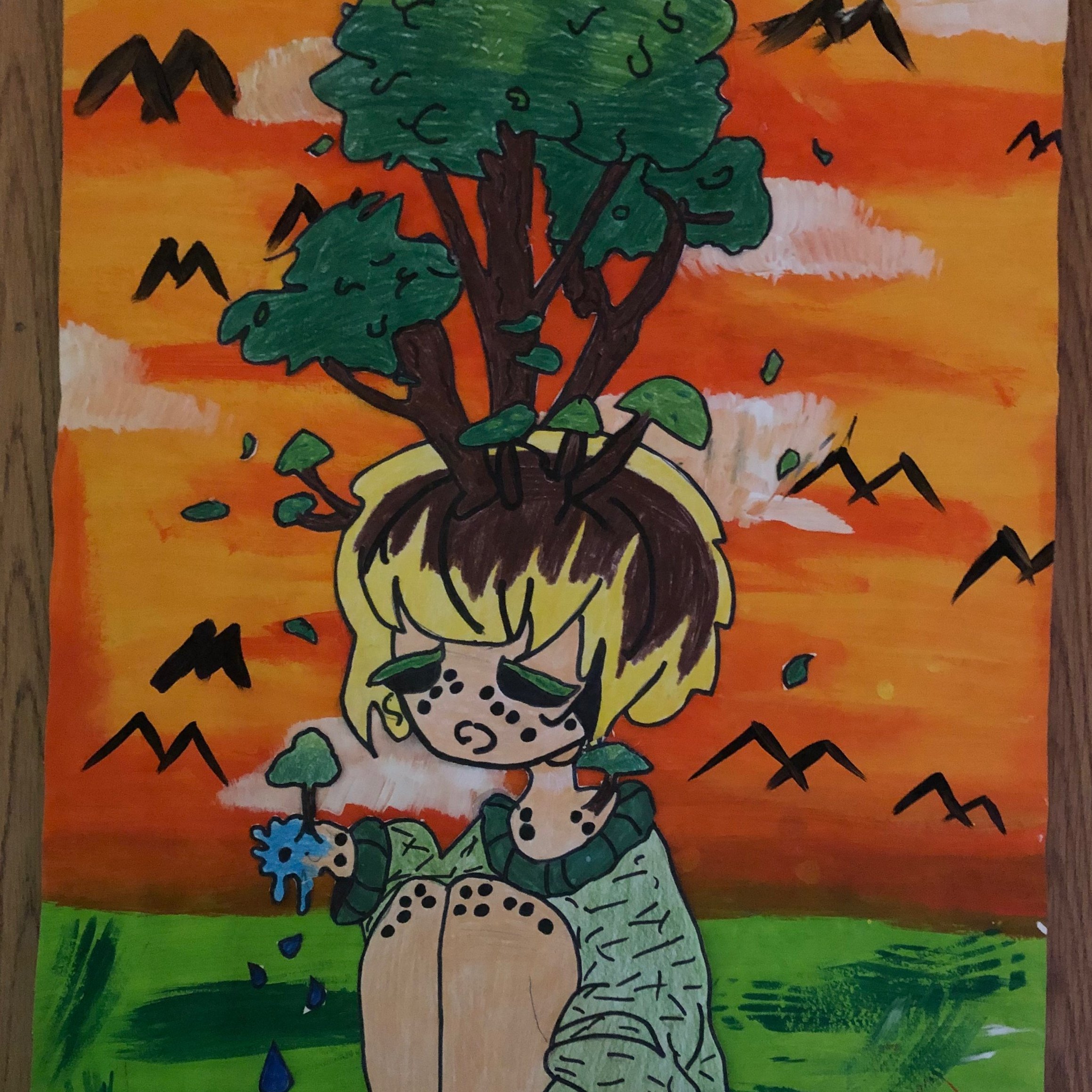October is National Arts and Humanities Month (NAHM), and in its honor, we are showcasing the arts programing at SEED schools. NAHM was created to promote the importance of the arts and humanities in society, advocate for more equitable access to the arts, and highlight ways for individuals and communities to engage with the arts. In the classroom and during afterschool activities, SEED students reap the benefits of the arts. By participating in a range of arts programming, students get to develop their talents, and students who may not think of themselves as artists have broad exposure that can spark their curiosity to try something new.
Each SEED school has classes and electives as well as afterschool activities where students can explore the visual arts, dance, theater, and more. At SEED Maryland, theater arts teacher Candice Alexander and visual arts teacher Maria Victa began developing the Showstoppers theater troupe in 2019 in response to strong student interest in performing arts. The theater company’s first show in January 2020 was a production of the classic story The Legend of Sleepy Hollow. The Showstoppers took an interdisciplinary approach to the production—first delving into the novel and visiting Washington Irving’s home (the author of The Legend of Sleepy Hollow) and also visiting the Sleepy Hollow Cemetery. Ms. Victa also led a stage makeup workshop where students turned themselves into zombies. When the pandemic put in-person learning on hold, the Showstoppers decided their show must go on, and they figured out how to put together virtual productions (Check out their YouTube library!).
One of the best things about working with this group of students, notes Ms. Victa and Ms. Alexander, has been watching the leadership and teamwork students display, especially as older students mentor and support younger students. “The group of students we have are amazing at holding their own, they’re very accountable. They work. When we do a show, they’re so proud to own whatever their responsibility is—from costume to makeup to the construction of a set,” says Ms. Alexander.
At SEED Miami, students take arts classes that allow them to explore a range of mediums. In their afterschool “Spark” activities, students can choose to participate in dance, drama, singing, and even comic art and origami. Visual arts teacher Jennifer Pike-Vassell encourages students to design projects that are meaningful to them as individuals. They can choose any medium such as visual arts, digital arts, poetry, or comedy.
Ms. Pike-Vassell sees her students choosing to be very honest and vulnerable in their personal projects. “I tell them, ‘Be you—I’m not here to sensor you.’ They can let intense emotions out through art pieces rather than potentially destructive behaviors. This is a positive outlet for students.” Whether students are expressing their feelings about what’s going on with them personally or in the world around them (or both), creative expression plays a role. “The role of social justice is a huge part of the class. We talk about current events. Arts can be a forum for civic advocacy and action; we have that forum,” says Ms. Pike-Vassell.
At SEED DC, the arts are an all-day affair. Dr. Lamar Bagley, the director of arts program and design says, “We want the arts to be fully integrated in the school and into our core content areas.” During the school day, students have art and music classes such as Black History in Music. In life skills and social emotional learning, students use poems, skits, and storytelling to cultivate confidence and self-awareness. As Dr. Bagley works with faculty to build back SEED DC’s arts programming like the award-winning Falcon Theatre, they are also building out arts programming so that even more students can engage in more art exposure. In 17 years at SEED, Dr. Bagley consistently sees the value of participation in the arts, “I’ve seen growth in students that have been a part of the arts program. They become more involved and more confident.”
When The SEED School of Los Angeles County opens next year, arts and humanities education will be integrated into the STEM curriculum, and students will engage with local art initiatives at the community and university level, giving students the opportunity to engage with Los Angeles’ vibrant arts scene.
Participation in the arts is empowering for young people. Mastering new skills takes discipline and fosters confidence. As Ms. Alexander says, “It’s not about creating professional artists, it’s to create more complete human beings. I think it’s to create critical thinkers, establishing teamwork. The concepts and the elements you learn – the process, learning strengths and weaknesses, those are real life skills. I think the more that we learn those life skills, the more it produces productive members of society, helps to build more productive lives.”
Research shows that arts education benefits students in a variety of ways—from school performance and engagement to building empathy and reducing negative behaviors. And the benefits are lifelong. Adults who engage with the arts are more involved in their communities and more open to people who are different from them. Despite the proof of their value, arts programs are often one of the first things that financially strapped public school systems cut. Fortunately, at SEED schools, our students have access to a range of academic and extracurricular subjects including many opportunities to dive into creative pursuits.

